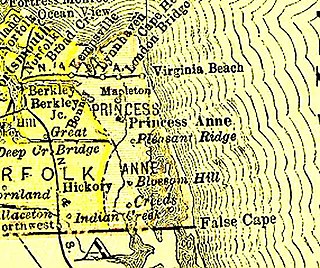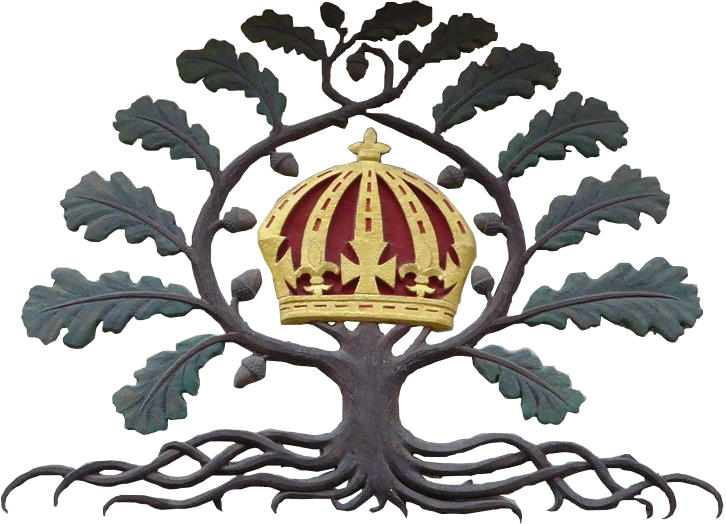The Hon. John Saunders (D.C.L.) (June 1, 1754 – May 24, 1834) was a British soldier, lawyer, and Chief Justice of the colonial Province of New Brunswick.

Doctor of Civil Law is a degree offered by some universities, such as the University of Oxford, instead of the more common Doctor of Laws (LLD) degrees.

Great Britain is an island in the North Atlantic Ocean off the northwest coast of continental Europe. With an area of 209,331 km2 (80,823 sq mi), it is the largest of the British Isles, the largest European island, and the ninth-largest island in the world. In 2011, Great Britain had a population of about 61 million people, making it the world's third-most populous island after Java in Indonesia and Honshu in Japan. The island of Ireland is situated to the west of Great Britain, and together these islands, along with over 1,000 smaller surrounding islands, form the British Isles archipelago.

New Brunswick is one of four Atlantic provinces on the east coast of Canada. According to the Constitution of Canada, New Brunswick is the only bilingual province. About two thirds of the population declare themselves anglophones and a third francophones. One third of the overall population describe themselves as bilingual. Atypically for Canada, only about half of the population lives in urban areas, mostly in Greater Moncton, Greater Saint John and the capital Fredericton.
Born to landed gentry in Princess Anne County, Virginia, Thirteen Colonies, North America, during the American Revolutionary War he remained loyal to Britain. In 1764 in Princess Anne County, Virginia, USA (present day Virginia Beach), John Saunders built Pembroke Manor. The Manor still stands today and is in private use. In Fall 1775 Saunders, under the direction of Colonel Jacob Ellegood and Royal Governor Dunmore, joined the Queen's Own Loyal Virginia Regiment. The QOLVR was to aid in the number of Crown Forces assembling in Tidewater Virginia to help thwart the tide of Rebels from Virginia and North Carolina. In December 1775 (present day Chesapeake, Virginia) the Battle of Great Bridge resulted in a defeat for Crown Forces, but it was not until the Summer of 1776 that the Crown Forces including members of the QOLVR moved North and were assimilated into the Queen's Rangers. At the outbreak of the war, Saunders raised a troop of Dragoons at his own expense. Merged into the Queen's Rangers, he rose to the rank of Captain and served under John Graves Simcoe. In 1782, Saunders went to England to study law and entered the Middle Temple. In 1787, he was called to the English Bar and in 1790 was appointed a Judge of the Supreme Court of New Brunswick.

The landed gentry, or simply the gentry, is a largely historical British social class consisting in theory of landowners who could live entirely from rental income, or at least had a country estate. It was distinct from, and socially "below", the aristocracy or peerage, although in fact some of the landed gentry were wealthier than some peers, and many gentry were related to peers. They often worked as administrators of their own lands, while others became public, political, religious, and armed forces figures. The decline of this privileged class largely stemmed from the 1870s agricultural depression; however, there are still a large number of hereditary gentry in the UK to this day, many of whom transferred their landlord style management skills after the agricultural depression into the business of land agency, the act of buying and selling land.

County of Princess Anne is a former county in the British Colony of Virginia and the Commonwealth of Virginia in the United States, first incorporated in 1691. The county was merged into the city of Virginia Beach on January 1, 1963, ceasing to exist.

The Thirteen Colonies, also known as the Thirteen British Colonies or the Thirteen American Colonies, were a group of British colonies on the Atlantic coast of North America founded in the 17th and 18th centuries. They declared independence in 1776 and formed the United States of America. The Thirteen Colonies had very similar political, constitutional, and legal systems and were dominated by Protestant English-speakers. They were part of Britain's possessions in the New World, which also included colonies in Canada, the Caribbean, and the Floridas.
Making his home in Fredericton (in present day New Brunswick, Canada), in 1790 he married Arianna Chalmers (1768–1845), the daughter of the wealthy Loyalist, Lt. Col. James Chalmers (1727–1806). Like other soldiers of the Queen's Rangers, Saunders was entitled to Crown grants of land in the Queensbury / Southampton, New Brunswick area, a then unsettled forestry about 50 miles (80 km) west of Fredericton on the Saint John River. While enlisted men received land parcels with restrictive covenants of between 100 acres (0.40 km2) to 200 acres (0.81 km2), Saunders, as part of the elite and Surveyor General of the Province, was given more than 6,000 acres (24 km2) without any restrictions. At Pokiok, he built an estate known as the Barony, a symbol of his aristocratic status.

Fredericton is the capital of the Canadian province of New Brunswick. The city is situated in the west-central portion of the province along the Saint John River, which flows west to east as it bisects the city. The river is the dominant natural feature of the area. One of the main urban centres in New Brunswick, the city had a population of 56,224 in the 2011 census. It is the third-largest city in the province after Moncton and Saint John.

Canada is a country in the northern part of North America. Its ten provinces and three territories extend from the Atlantic to the Pacific and northward into the Arctic Ocean, covering 9.98 million square kilometres, making it the world's second-largest country by total area. Canada's southern border with the United States is the world's longest bi-national land border. Its capital is Ottawa, and its three largest metropolitan areas are Toronto, Montreal, and Vancouver. As a whole, Canada is sparsely populated, the majority of its land area being dominated by forest and tundra. Consequently, its population is highly urbanized, with over 80 percent of its inhabitants concentrated in large and medium-sized cities, many near the southern border. Canada's climate varies widely across its vast area, ranging from arctic weather in the north, to hot summers in the southern regions, with four distinct seasons.
James Chalmers was a Loyalist officer and pamphleteer in the American Revolution.
John Saunders was appointed to the Legislative Assembly of New Brunswick and on May 3, 1793 was appointed the province's first Provincial Treasurer and Surveyor General. In 1822, Saunders was elevated to Chief Justice of New Brunswick, a position he held for the rest of his life.

The Legislative Assembly of New Brunswick is located in Fredericton. It was established in Saint John de jure when the colony was created in 1784, but came into session only in 1786, following the first elections in late 1785. It was the lower house in a bicameral legislature until 1891, when its upper house counterpart, the Legislative Council of New Brunswick, was abolished. Its members are called "Members of the Legislative Assembly," commonly referred to as "MLAs".

The Department of Finance is a part of the Government of New Brunswick. It is charged with New Brunswick's budgetary and tax policy and headed by the finance minister.
The Chief Justice of the Province of New Brunswick, Canada holds the highest office within the Province's judicial system. He/she is a member of the Court of Appeal, the highest court in the Province which includes five other judges plus any former judge of the Court of Appeal who is a supernumerary judge and any former Chief Justice of New Brunswick who is a judge or a supernumerary judge.
John Saunders died in 1834 at Fredericton and was buried in the city's Old Burying Grounds.





